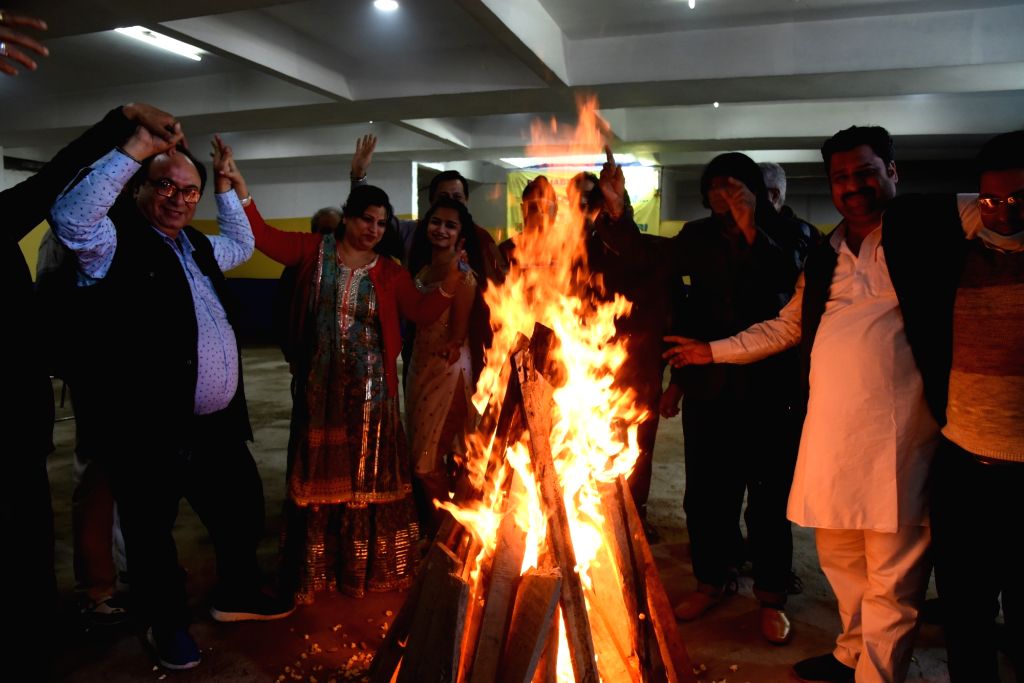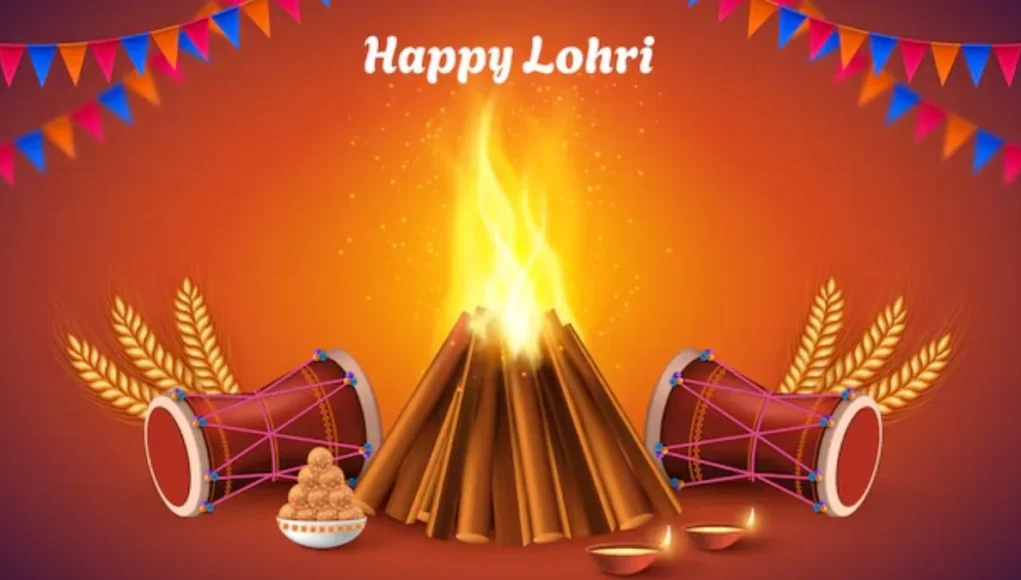The colorful essence of Northern culture is revealed via a feast rich in tradition, and the traditions of the beloved harvest festival Lohri are here. In northern India, during the harvest celebration of Lohri, peanuts, rewri, and puffed rice are tossed into the bonfire. Devoutly speaking, it is thought to be a note of gratitude to the natural world and a celebration of spiritual development.
In addition to lassi and ghee-soaked halwas, Lohri is a time to indulge in a wide variety of traditional dishes, such as makkai roti, sarson da saag, rewri, gajjak, pindi chole, and more. Few of us, however, are aware of the rationale behind the selection of these elements for the holiday season. With so many benefits to our health, these preparations help us get through the winter and get ready for summer.
Makkai ki Roti and Sarso ka Saag
Rima D. Rao, a nutritionist and wellness consultant, claims that makkai, or maize, is an essential grain for digestive health because it is high in fiber. Iron, magnesium, and potassium are among the minerals included in gluten-free maize flour. Since it controls blood sugar, it is advantageous for diabetics. Makkai roti with generous amounts of handmade white butter promotes bone health and immunity. It eventually aids in weight loss by keeping you feeling fuller for longer. Made using traditional cooking methods, missi roti contains besan, which is rich in vitamins and minerals and low in carbohydrates and GI index.
Sarson da saag
Iron and antioxidants abound in these spicy, aromatic, leafy mustard greens cooked in a rich, flavorful sauce. By supplying minerals and vitamin C to combat illnesses, it helps to keep a healthy profile. According to Sumaiya A, Clinical Dietitian at Fortis Hospital Kalyan, “reduces bloating and relieves constipation, which is a common winter ailment and regulates fluid balance in the body.”
Rewri and Gajjak
These wintertime snacks are made with ghee, cardamom, jaggery, and sesame seeds. According to Sumaiya, “Packed with iron, calcium, and antioxidants, sesame enhances energy, facilitates digestion, and is a perfect treat to fight the cold season.” It’s well known that ghee is good for the intestines.
Panjiri
LOHRI FESTIVAL
In some regions of Northern India, Lohri is observed the night before Makar Sankranti. This well-known Indian holiday is observed to signal the start of the winter crop harvest season. Every year in the month of Paush, Lohri is celebrated with great pomp, particularly by Punjabis, the day before Makar Sankranti, which is often on January 13. In other regions of the nation, like Himachal Pradesh, Haryana, and Jammu, the celebration is also well-liked.In recent years, it has been observed on the day before Makar Sankranti instead of the evening before the Winter Solstice. Makar Sankranti is intimately associated with the celebration of Lohri, sometimes called Lohadi or Lal Loi. The harvest of rabi crops is traditionally linked to the Lohri festival. The sugarcane crops are ready to be harvested. Following Lohri (Maghi), even Punjabi farmers consider it to be the start of a new fiscal year. Rewri, peanuts, and popcorn are three foods that are connected to the Lohri celebration.
Lohri’s Indian Roots
Lohri has many different origins. The belief that Lohri is the enlightening celebration of the Winter Solstice is the primary focus of the holiday. The bonfire is the main characteristic of Lohri. Lighting the fire has long been a tradition during winter solstice celebrations. It suggests that the longer days will return.
In Punjab and Jammu and Himachal Pradesh, Lohri is a recognized holiday. Although it is not a gazetted holiday, Delhi and Haryana commemorate the occasion. Hindus, Sikhs, and anybody else who wishes to celebrate Lohri do so.












